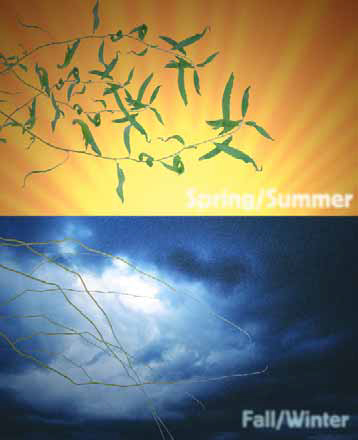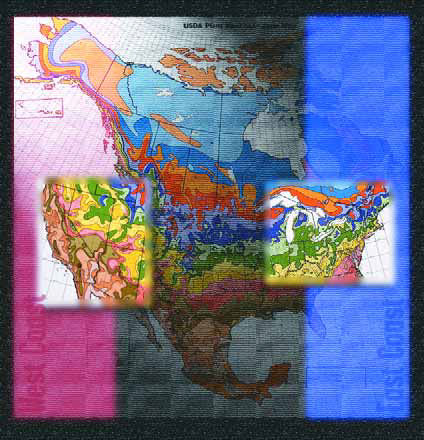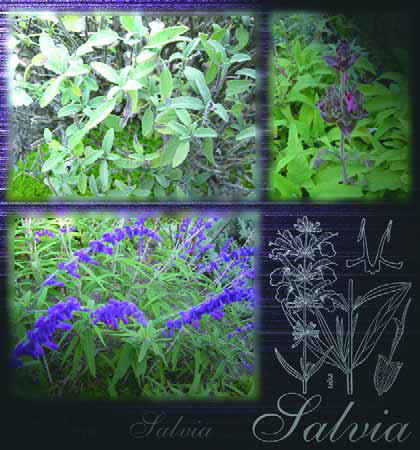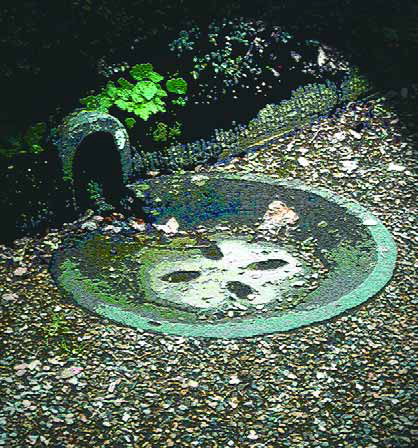Landscape, Plants, Hardscape & Decks
Quite often, my clients will preface our design discussions with the statement that they want to see flowers in bloom throughout the year. They just hate it, they say, when the garden looks "bare" from December to February. In my opinion, they're just not seeing the possibilities their gardens have to offer. In fact, winter is my favorite time of the year, and it's about more than the holidays, the gift giving (and receiving!) and the chilly temperatures: Mainly, it's about my love affair with winterscapes. It may be because I'm a northeasterner somewhere deep inside, but I love the fact that colder climates, with their snow and other weather inclemencies, require those with gardens to
My daughter and I just returned from our annual trip to visit family in Connecticut and used the occasion this time to travel all over the northeast - from Boothbay Harbor, Portland and Camden in Maine to Martha's Vineyard and Nantucket and other parts of Massachusetts as well as slices of New Hampshire and Rhode Island. I'm never disappointed by the beauty I find in that part of the country. The landscapes are much lusher than they are at home in southern California, a fact that drives home the point that I spend most of my time in a desert. The old-growth trees back east are
I recently wrote a Letter to the Editor of Landscape Architecture, the magazine of the American Society of Landscape Architects, in response to an editorial he wrote on the lack of interest among landscape architects in plant knowledge. The gist of his commentary was that, for too many years now, landscape architects had been focusing on hardscape and overall design and were reserving little creativity, interest, or care for botanical adornments. My response was a supportive rant, as this has been a pet peeve of mine for years and I strongly believe that
I recently received a call from a Wall Street Journal reporter who was doing a feature on preparing a home for sale. She told me she wanted a landscape designer's perspective on how homeowners should spend their money to get the most bang for the buck and really put me on the spot in the process: Her deadline was the following morning, and I had to do some fast thinking when her call came in at 8 pm. It immediately occurred to me that I always ask homeowners whether they are landscaping for
Next to the water itself, concrete is the most important and widespread of materials used in watershaping. Not only is it instrumental in creating the structures that contain water as well as the substructures that support them, concrete is also the stuff of which faux-rock panels, pre-cast or poured-in-place coping, pavers, all manner of stamped or textured decks and poured-in-place or block walls are made. Despite its omnipresence, however, concrete remains one of the most misunderstood of all watershaping materials in this sense: Because it is so durable in basic structural applications, there's a tendency to
In preparation for creating plant palettes for my projects, I typically spend hours poring over my Sunset Western Garden book. I thrive on finding plants I haven't tried before, and I look especially for those I haven't seen in anyone's garden. Before I'll try any of these discoveries out on someone else, however, I'll pick up a sample plant and bring it home to my own garden - part science project, part proving ground to see how the plants perform away from the nursery. I've had many successes through the years and probably as many failures, but I learn something from every attempt. What I sometimes find are plants that are
Some people seem to believe that designing is all about reinventing the wheel every time they go to work on a new project or need to create a new detail of some kind. Truth is, however, that most great design ideas and details are derivative of things that have been done before. This is why I'm such a strong advocate for education - especially the sort that involves venturing out into the world and seeing things with your own eyes. You can see pictures of things in books and watch slide shows in classrooms, and that's extremely valuable for the way it opens your eyes to
As a designer, I've always sought out exceptional finish materials to use in my projects. My background is in fine arts, and I've worked in the design/build business for years, creating high-end exterior and interior spaces and taking pride in finding surfacing products that excite my clients and beautify the work. Operating in south Florida, however, I kept running into so many limitations on what was available that it had the effect of limiting my creativity. Natural stone can be hard to come by in adequate supply where I live, for instance, and as much as I like tile, it doesn't fill the bill for every job. Anything's available at a price, of course, but even
I found a new "favorite" plant last summer. It's called Dalechampia dioscorefolia, otherwise known as the Costa Rican Butterfly Vine. Its stunningly beautiful, exotic flowers were unlike those on any of the vines I typically see at nurseries and easily earned a place in my disorganized (and experimental) backyard garden. Given its unique beauty, I placed it on a trellis directly outside my bedroom window so I could see it every day and observe its progress. After a few months of growth, it was still quite floppy and had not wrapped itself around places high enough on the trellis for my liking. So one Saturday, I went out and wrestled apart many of the branches of the vine that had wrapped around themselves and set them up to reach






















